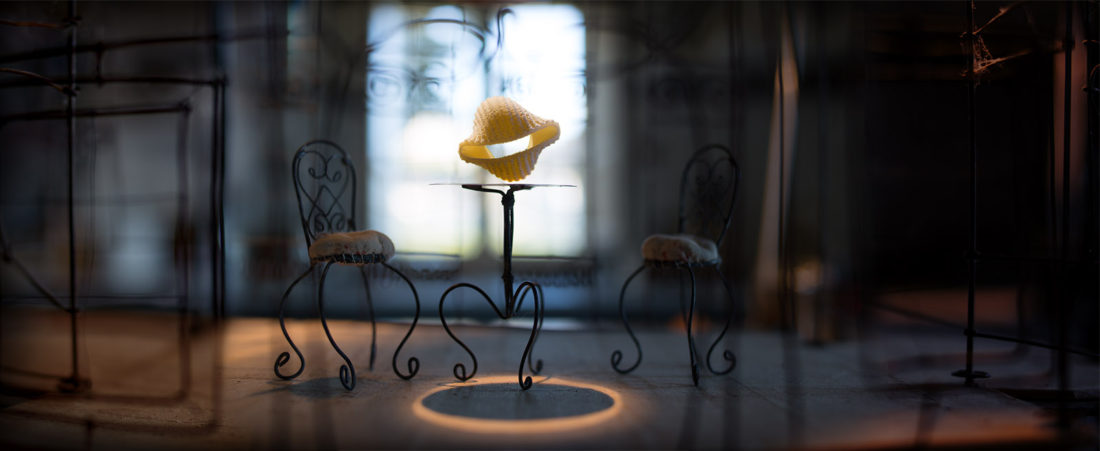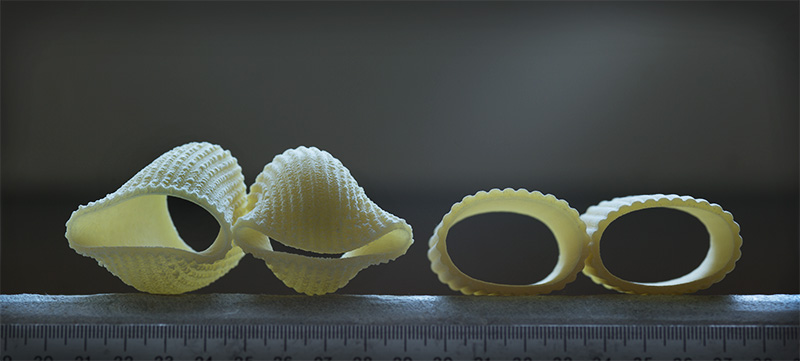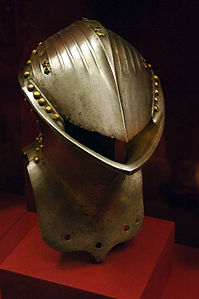
From the mouth of frogs
Many pastas come from very ancient traditions, but I recently discovered a pasta that is far more recent in origin. I’ve been intrigued by it since I spotted it on the shelf in a workers’ restaurant—the one with chef who rolls cheese for sport. The label reads “Bocche di rana”—”frogs’ mouths.” I thought I must be mistranslating until I bought a package and started looking closely at the pasta inside.

Frogs’ mouths pasta vs. its more boring cousin, the paccheri
The small, ribbed tubes of pasta are shaped a bit like a big rigatoni, or a paccheri, but the end of each pasta droops in a unique way that looks remarkably like how I could imagine a frog’s mouth moving when expressing a range of sounds and feelings.
I took it home and played with the pasta for an embarrassingly long amount of time, imagining them as frogs. I mean I didn’t make up voices or anything, but did look through most of the package finding the most amusing ones. It was an excellent break from thinking about politics.
I tried to find out more about this shape of pasta, but came up empty handed. (With the exception of a frog’s mouth being a kind of helmet in a suit of armor. Can you imagine going to war and asking your squire “Hand me the frog’s mouth and I will be ready for battle!”)
I drove over to the restaurant to talk with the chef’s son, who I had heard is friends with the people who started the small, local pasta company, called Toscodoro. He told me that he occasionally helps out with the pasta creation. One day they were trying to make paccheri, and kept failing because one side collapsed in unpredictable ways. And the frogs’ mouths pasta was born.
We love it—and its more more-predictably shaped cousin, paccheri—with any kind of meaty, chunky ragu sauce. The New York Times recently had a seafood recipe perfect for pastas shaped like paccheri, rigatoni or our frogs mouths, which sounds interesting to try.






No Comments